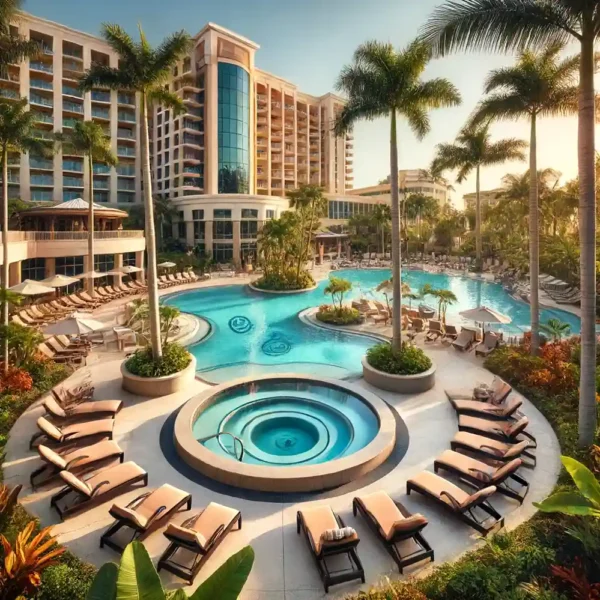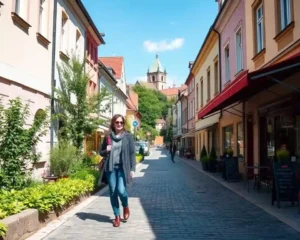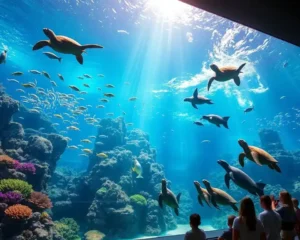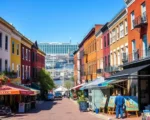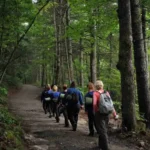Summary
Kauhale makai, meaning “village by the sea,” is a traditional Hawaiian concept encompassing community living and a harmonious relationship with nature. These villages were intricately structured with specific buildings for various functions, promoting communal interaction and sustainable practices. The residents deeply respected the land and sea, practicing sustainable fishing and farming methods to ensure long-term ecological balance. Today, the principles of kauhale makai offer valuable lessons in environmental conservation, community building, and cultural preservation, providing a blueprint for a more sustainable and connected way of life.

In the heart of the Pacific, where the ocean’s embrace meets the land, lies the concept of kauhale makai. This term, deeply rooted in Hawaiian culture, encompasses much more than its literal translation of “village by the sea.” It signifies a way of life, a philosophy of community living, and a harmonious relationship with nature preserved through generations.
The Meaning and Significance of Kauhale Makai
At its core, Kauhale Makai is a traditional Hawaiian village near the sea. However, this simple definition belies the depth and richness of the concept. In ancient Hawaiian society, a kauhale was a physical location and a social structure comprising multiple houses and communal spaces where families lived, worked, and thrived together. Adding makai, meaning “toward the sea,” highlights the village’s connection to the ocean, which plays a crucial role in the residents’ daily lives.
The ocean was not merely a backdrop for these villages but a source of sustenance, spirituality, and cultural identity. Fishing, navigation, and gathering marine resources were central to the community’s survival and well-being. The residents of Kauhale Makai developed a profound understanding of the sea and its rhythms, reflected in their customs, traditions, and knowledge systems.
The Structure of a Kauhale Makai
A traditional kauhale makai was typically composed of several distinct types of structures, each serving a specific purpose. These included:
Hale Pili
These were the main residential houses made from pili grass and other natural materials. They provided shelter and were often communal living spaces for extended families.
Hale Mua
This was the men’s house, where men would gather to eat, discuss important matters, and engage in male-specific activities.
Hale Aina
The women’s eating house, where women and children would dine together, separate from the men.
Hale Papa’a
Storage houses preserve food, tools, and other essential items.
Hale Kahumu
Cooking houses where people often prepared food using traditional methods such as imu (underground ovens).
Heiau
Religious rituals and ceremonies reflected the community’s spiritual life in sacred structures or temples.
They arranged these structures to promote community interaction, cooperation, and a shared sense of responsibility. The layout of a kauhale makai was carefully planned to maximize the coastal environment’s benefits while ensuring its inhabitants’ safety and well-being.
The Cultural and Ecological Harmony
One of the most remarkable aspects of kauhale makai is the harmonious relationship between the community and its natural surroundings. The ancient Hawaiians deeply respected the land and sea, guided by the principle of mālama’ āina (to care for and nurture the land). This principle was integral to the way of life in aoceanfront village, where sustainable practices were essential for the community’s long-term survival.
The residents of Kauhale Makai also understood the importance of biodiversity and the interconnectedness of all living things. They practiced aquaculture, such as fishpond farming, which combined traditional knowledge with innovative techniques to create sustainable food sources. The community thrived without depleting the natural resources it depended on by passing down deep ecological knowledge through generations. Google Map
The Modern Relevance
Today, the concept of kauhale makai holds valuable lessons for modern society. As the world grapples with environmental challenges and the need for sustainable living practices, the wisdom in the oceanfront village way of life offers a blueprint for a more balanced and harmonious existence. Reviving and adapting these traditional practices can contribute to contemporary environmental conservation, community building, and cultural preservation efforts.
Several initiatives in Hawaii are working to preserve and promote the values of oceanfront village. These include educational programs, cultural workshops, and community projects reconnecting people with traditional knowledge and practices. By embracing the principles of kauhale makai, communities can foster a deeper connection to the land and sea, strengthen social bonds, and create a more sustainable future.
FAQ’s
How did oceanfront villages sustain their communities?
Residents practiced sustainable fishing, farming, and resource management. They designated no-fishing zones to allow fish populations to replenish and cultivate crops like taro to maintain soil and water health.
What structures were typically found in an oceanfront village?
Typical structures in an oceanfront village include:
- Residential houses (hale pili) men's.
- Men's houses (hale mua) and women's.
- Women's eating houses (hale aina).
- Storage houses (hale papayapapa'a).
- Cooking houses (hale Kahuku).
- Sacred temples (heiau).
Why are the principles of oceanfront villages relevant today?
Oceanfront Villages' sustainable practices and community-oriented values offer valuable lessons for modern society in environmental conservation, community building, and cultural preservation, promoting a more balanced and harmonious way of living.

